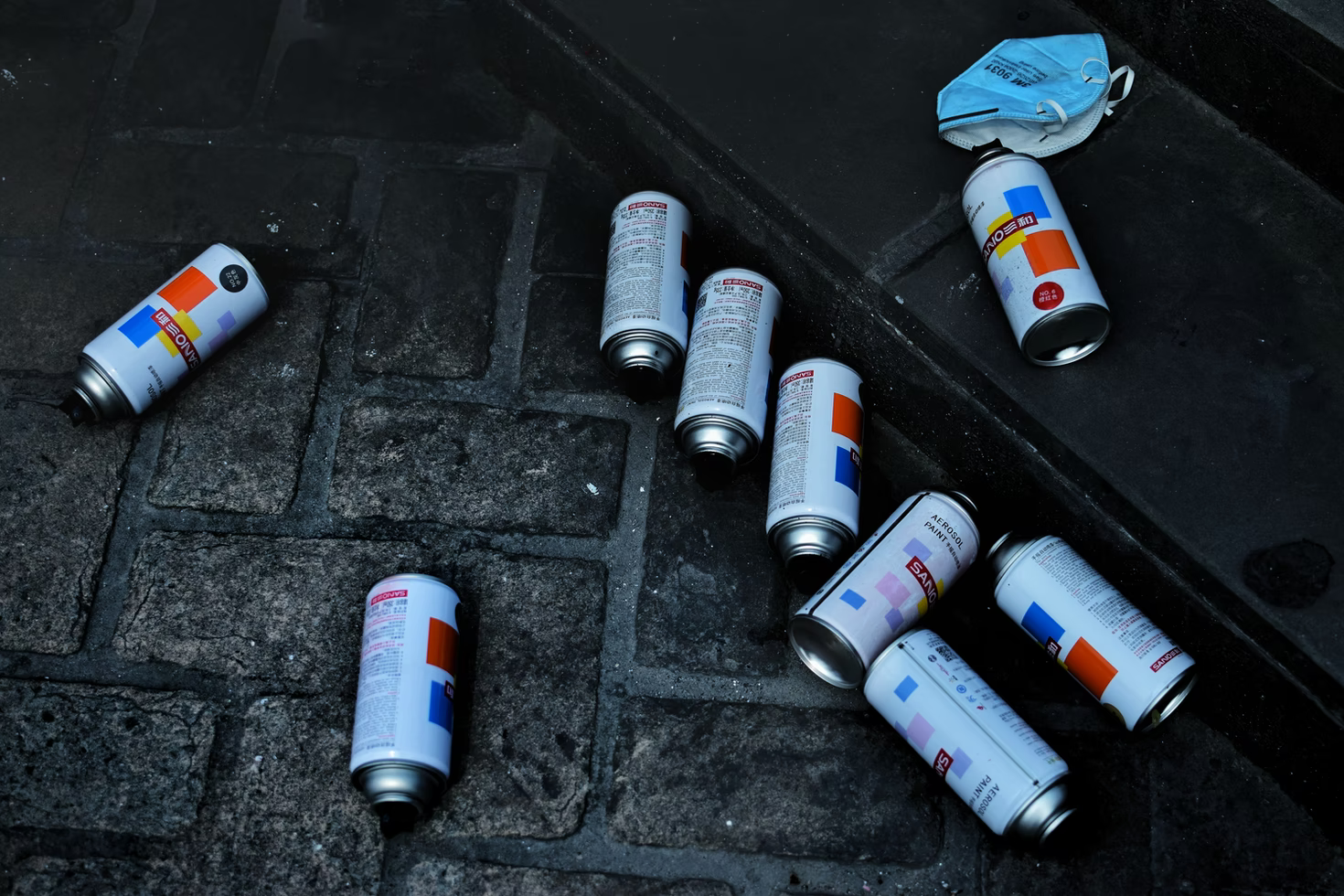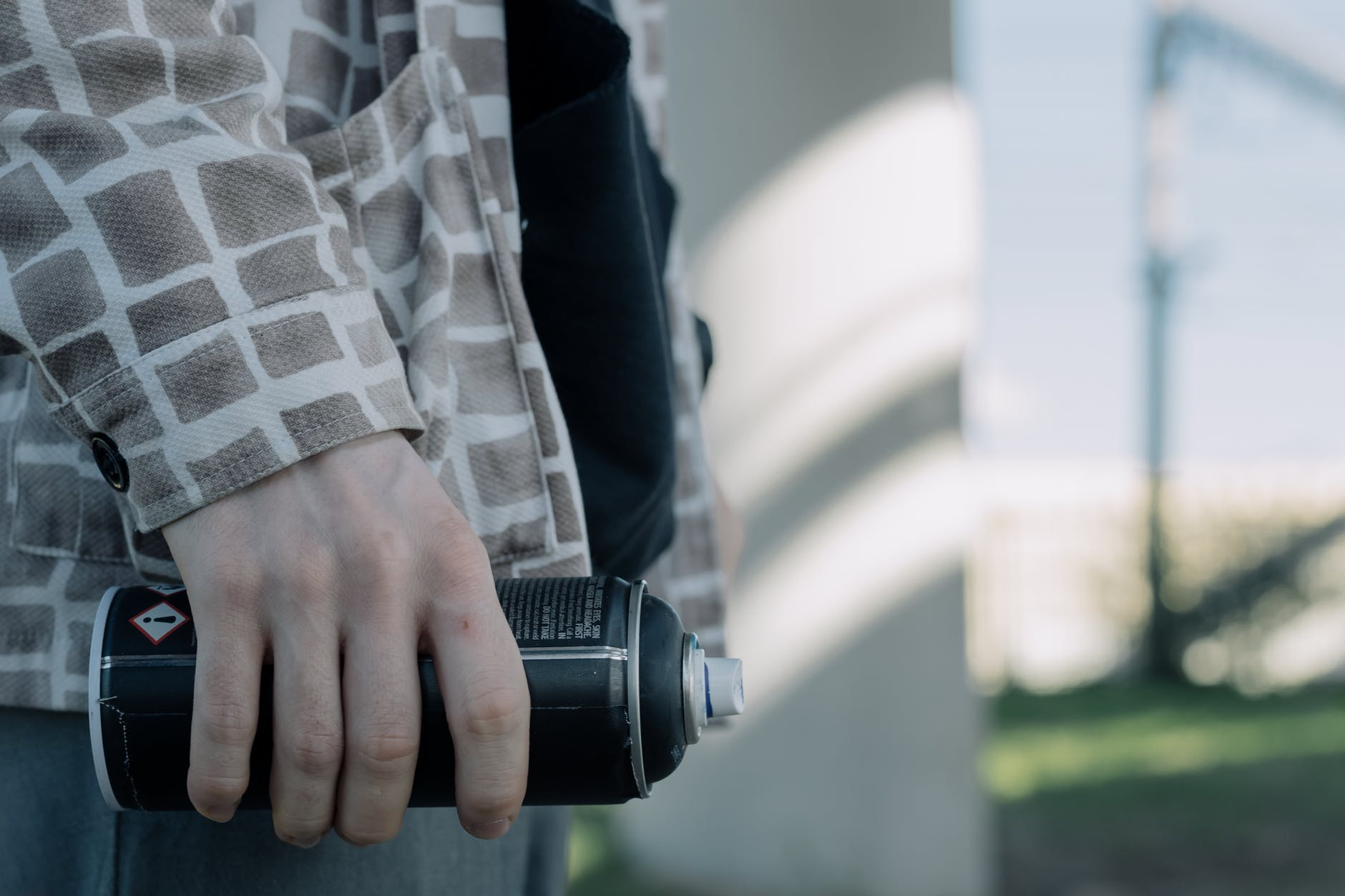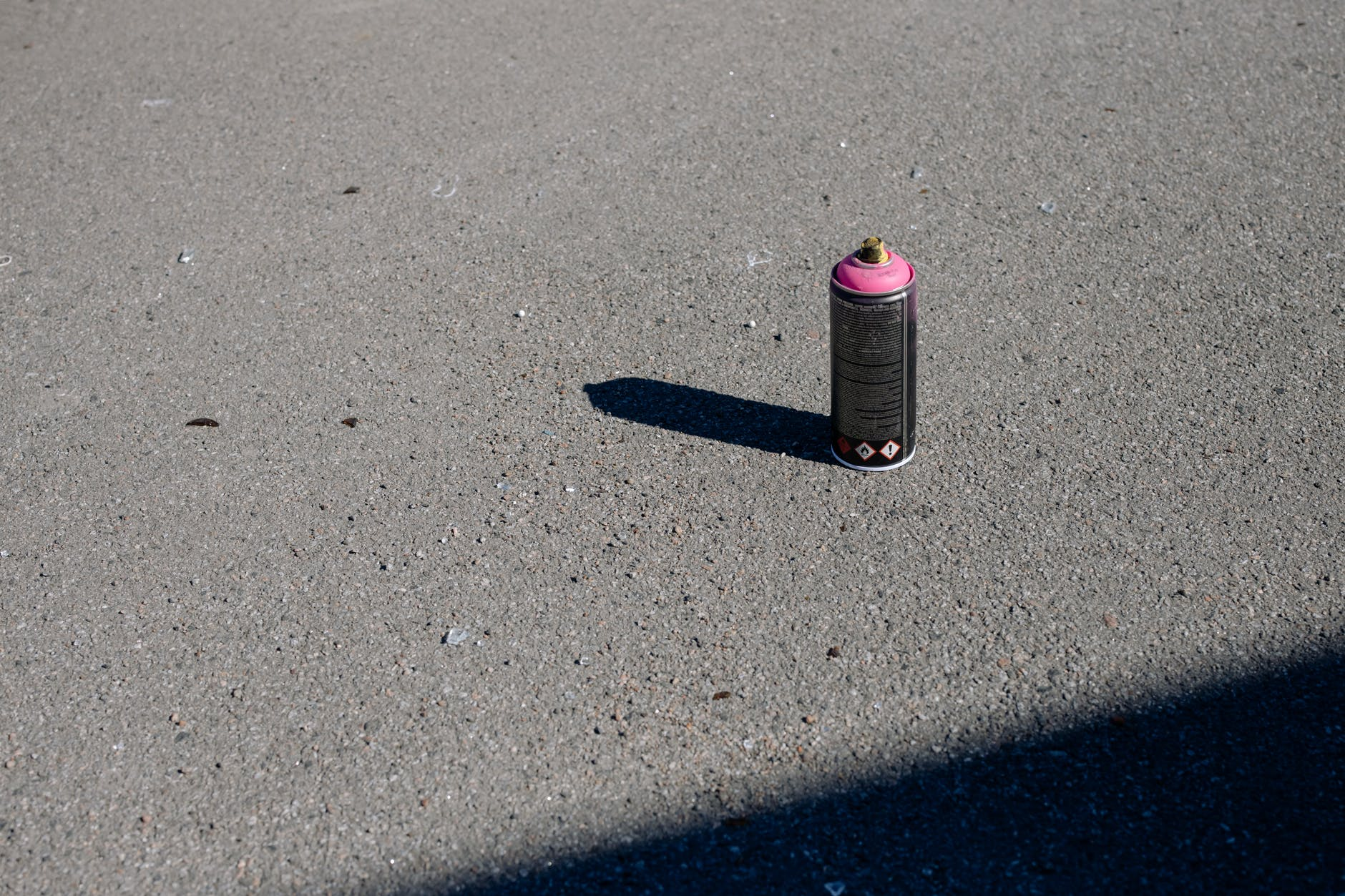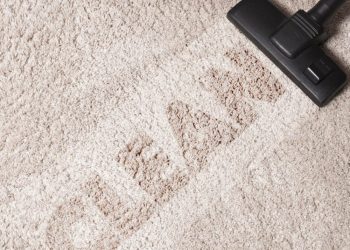Table of Contents

Aerosol cans are known to contain anything from paints and solvents to food and healthcare products that we use on a daily basis. Aerosol cans are a suitable recyclable material because they are made of either aluminum or steel. Although they look quite convenient, many aerosol cans are still hazardous. You might still wonder what you should do with them after they’re empty since they’re pressurized and may still contain potentially hazardous content.
Many people aren’t aware of this, which leads to aerosol cans being sent to municipal landfills, making the recycling of aerosol cans critical and complicated.
However, there’s a safe way to dispose of these cans and in this article, we point out the common mistakes you should avoid.
Trying to Depressurize the Can Yourself
Although you’re certain that the can has been completely emptied, never attempt to puncture, crush, or even flatten the can yourself. Instead, look at a good Aerosolv can puncturing system so that you don’t end up being caught in a dangerous situation if pressure is still in the can.
Government regulations are in place for the safe depressurization of cans as risks of harmful chemicals or air pollutants exist. Fortunately, there are numerous ways a recycling facility or household hazardous waste program can proceed to depressurize a can and properly recycle it, which in turn, frees residents of the need to depressurize an aerosol can by themselves.
Leaving the Cap On
Nearly all aerosol cans that are used come with a plastic cap while the material of the can itself is metal. These two materials obviously don’t go through the same recycling process, so it’s vital to remove the plastic cap from the metal can.
The majority of the plastic caps are made from polypropylene, one of the most commonly used thermoplastics in the world. It’s a #5 plastic so you should check whether your local program accepts #5 plastics before having your cap placed in the recycling bin. If the spray you’re using contains a small plastic straw, remember to always discard the straw into the trash bin.
Not Checking To See If The Can Is Empty
If the aerosol cans still contain any substance, you should ensure that it’s discarded through the household hazardous waste program. Aerosol cans can still have traces of substances left inside still pressurized, which means they can explode or combust if they’re punctured or crushed. This automatically creates a dangerous situation for a trash compactor or a recycling sorter.
Check to see if the aerosol cans are completely empty if your local waste or recycling program accepts them. This will help you ensure the safety of the recycling workers and waste. To double-check that a can has been completely emptied, hold it close to a rag and spray until nothing is left to come out.
Attempting to Remove the Nozzle
Even though the nozzle is made of plastic and may contain some other materials like rubber, attached to the spray mechanism, never attempt to remove it. You might think that it should be separated and recycled with plastic materials, but this wouldn’t work as the piece is too small to go through a recycling sorter.
If you make any attempt to remove the nozzle, you’re directly and unnecessarily putting yourself at major risk of the can exploding as a removed nozzle can depressurize the can and cause it to burst. This is why household hazardous waste programs are used as a way to depressurize aerosol cans and safely prepare them for proper recycling.
Guessing Which Bin It Goes In
To many, this might seem confusing at first, but it is a very important part to know. Every location differs, so you must look up where exactly your municipality accepts the aerosol cans. One rule always applies though – regardless of the location, if there’s still any product left in the can, you’re required to empty it through your household hazardous waste program.
When the can is emptied, it might be accepted in your recycling program, your household hazardous waste program, or you might be asked to dispose of it in the trash. You cannot guess and assume that it will go in one bin or the other. You must check first and look it up. If you’re still in doubt, you’re advised to contact your local household hazardous waste program and see where you should take your aerosol cans for safe recycling or final disposal.
Final Thoughts
Many facilities use aerosol cans regularly and having them disposed of will save landfill space and reduce any hazardous waste. To get things right, pay attention to the abovementioned tips and you’ll avoid any mistakes when recycling aerosol cans.









